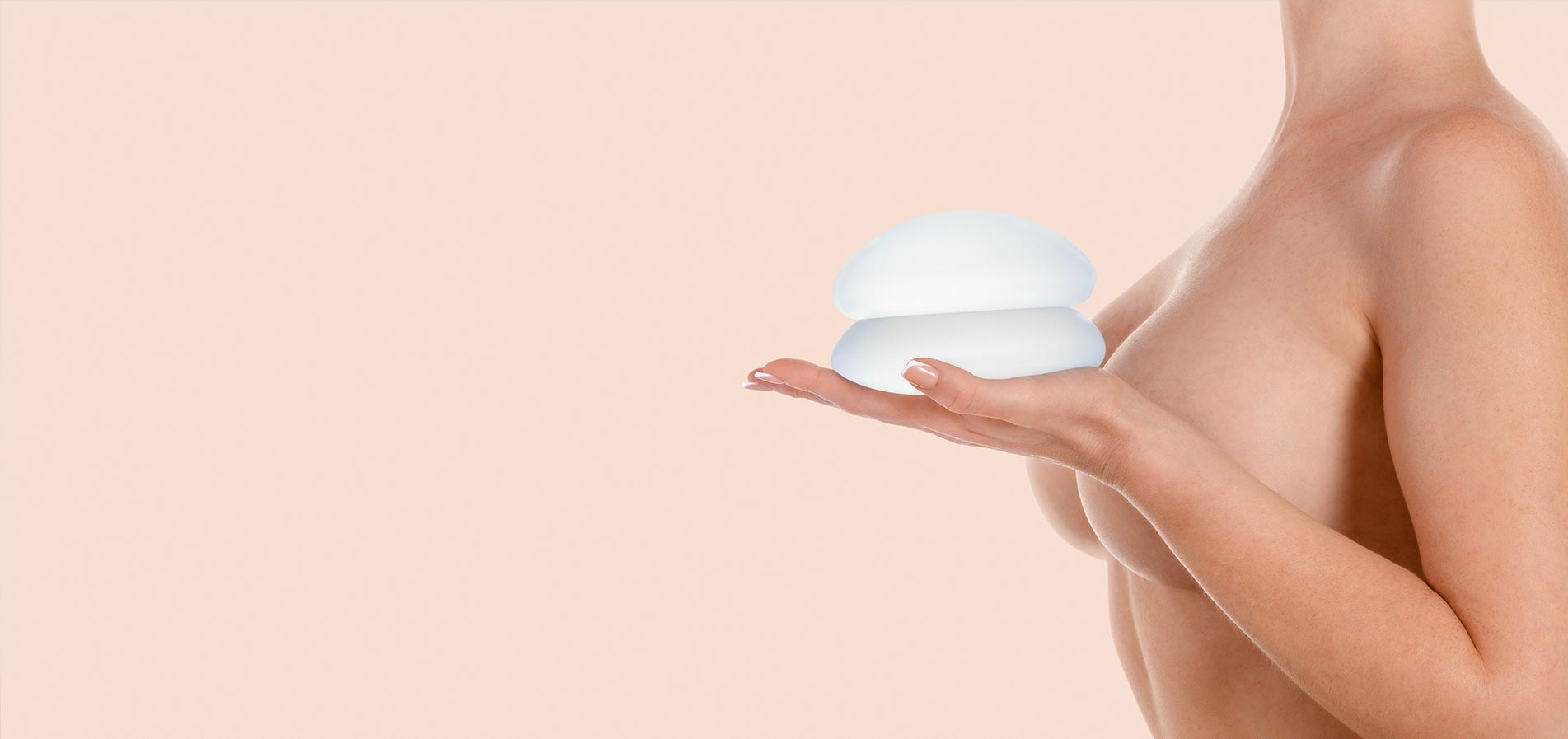Nose Surgery (Rhinoplasty)
Nose surgery, or rhinoplasty, is one of the most common procedures in plastic surgery. It is a critical operation as it combines the functional improvement of breathing with the aesthetic enhancement of a prominent organ located in the center of the face. During this surgery, where the nasal function is improved, we reconstruct a new anatomical nasal framework using cartilage and bone fragments removed from the septum, whether the patient has a breathing issue or not. Achieving the best result in the first surgery is crucial because secondary (or third, fourth, etc.) surgeries often face challenges. These challenges include the absence of sufficient cartilage and bone due to previous surgeries and the presence of scarring and tissue atrophy caused by the initial procedure, significantly reducing the success rate and making corrections more difficult. Secondary surgeries may require more aggressive interventions. A patient’s first nose surgery should ideally be their last, and every effort, attention, and care must be taken during the operation to achieve this. My personal approach focuses on creating natural-looking, aesthetically pleasing noses that function well without appearing surgically altered. However, I also consider and incorporate my patients' preferences, ensuring they align with what is achievable and appropriate. Of course, the process doesn’t end with just undergoing the surgery. Proper postoperative care and follow-ups are equally important for ensuring long-lasting and satisfactory results.
Postoperative care, attention, and diligence are just as important as the surgery itself. After the surgery, patients should avoid wearing glasses for three months and protect the nose from even minor trauma for up to a year. To prevent dryness inside the nose during the first six months, it is essential to use nasal spray 3-5 times a day and apply eye ointments as needed to keep the nasal interior moisturized.
BURUN AMELİYATI
Duration of Surgery
2-4 hours
Pre-Surgery Precautions
Avoid using analgesics (pain relievers) other than Parol. Refrain from consuming herbal teas. Inform your doctor about all regularly used medications and any existing medical conditions.
How long after surgery can I start wearing glasses?
Patients can start wearing glasses three months after surgery. During this period, it is recommended to use contact lenses instead. It is advised to switch to contact lenses two weeks prior to the surgery.
When can I start exercising?
All types of sports are not recommended for the first 3 months. After 3 months, activities like swimming, fitness, and Pilates can be resumed. After 6 months, all types of sports can be performed.
When are the nasal tampons removed, and is it painful?
Tampons and sutures are removed one week after surgery. Silicone air-channel Doyle nasal tampons are used, minimizing pain as they do not adhere to the tissue.
Do I have to use nasal sprays and eye ointment?
During nose surgery, the nasal mucosa is lifted, leading to reduced nasal secretions and dryness. Until the mucosa regains its function, nasal spray should be used 3-5 times daily for approximately 6 months, and eye ointment should be applied 3-5 times daily for about 3 months.
When are the nasal splint or cast removed?
The nasal thermoplastic splint remains in place until it naturally falls off, typically within 1-2 weeks. Depending on the surgical technique used, a nasal splint may sometimes be reapplied after it falls off and kept for up to 1 month.
When can I take a shower?
Two days after the operation, the entire body can be washed, and hair can be washed by tilting the head backward to avoid wetting the face. The face can be cleaned by gently wiping it. Once the nasal splint is removed, the entire head can be washed, taking care not to let water directly hit the nose.
Is it necessary to use sunscreen?
Sunscreen with an SPF of 30 or higher should be applied regularly every 2-3 hours during the day to the entire face for at least 3 months. Failure to use sunscreen may lead to hyperpigmentation, commonly known as sunspots, on the nose.
When will the swelling and bruising around the eyes subside?
Swelling subsides in the first week, and bruising fades by the second week.
When will the swelling of the nose go down?
Nasal swelling, or edema, gradually subsides within one year after surgery. The majority of the swelling diminishes within the first 3 months, revealing the primary contours of the nose. Over the next 9 months, the nose continues to refine and thin out. The tip details become more defined, enhancing its overall appearance.
In rhinoplasty, precision down to the millimeter is crucial. Given the delicate nature of nasal aesthetics, it's essential to entrust your procedure to a specialist. We recommend consulting with Op. Dr. Murat Gürel, who offers exceptional services through his clinic that upholds high health standards and is supported by an expert team. To benefit from this distinguished care, please contact Dr. Gürel's team.
The services provided by Op. Dr. Murat Gürel in rhinoplasty are as follows.
- Primary Septorhinoplasty,
- Revision (Secondary) Septorhinoplasty,
- Ethnic Rhinoplasty.
What is Rhinoplasty (Nose Surgery)?
The question "What is Rhinoplasty (Nose Surgery)?" is one of the key inquiries that needs to be addressed. Rhinoplasty, also known as nose aesthetics, is a surgical procedure performed to alter the shape of the nose.
How many months after surgery can a nasal revision be performed?
The question "How many months after surgery can a nasal revision be performed?" is an important inquiry often raised by individuals. In revision surgeries, both aesthetic and functional issues with the nose, in addition to shape irregularities, can be corrected. For a revision surgery, a recovery and healing period of at least 9 months to a year after the initial surgery is required.
How much do rhinoplasty prices cost?
Let’s answer the question, "How much do rhinoplasty prices cost?" The cost of rhinoplasty procedures is more accurately determined by the healthcare institution and the doctor. This is because each person's nose is unique, and rhinoplasty is a personalized procedure.


